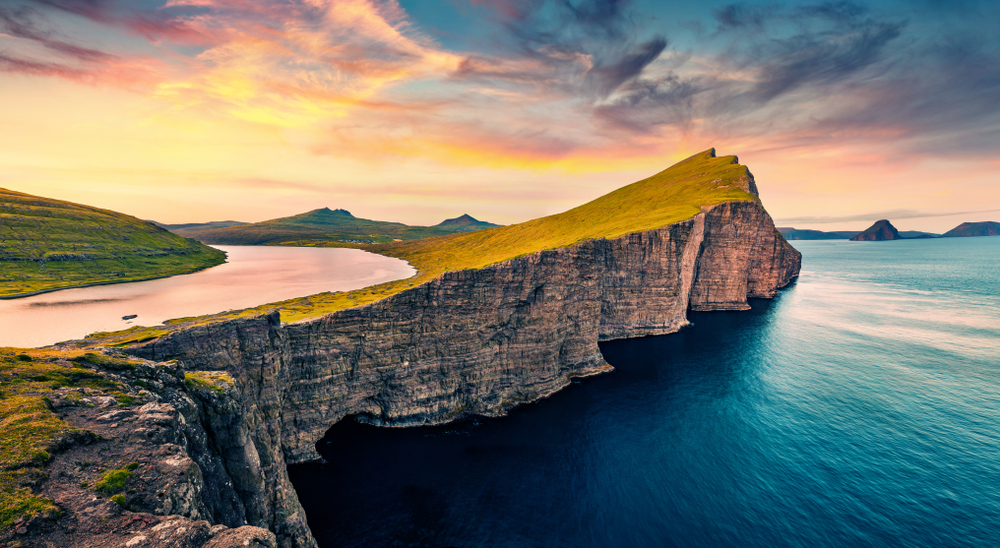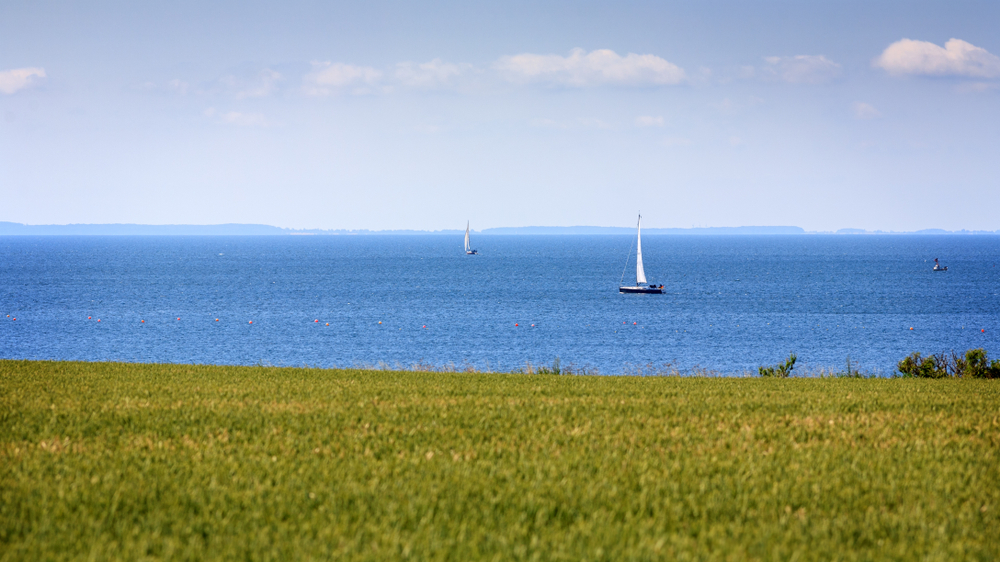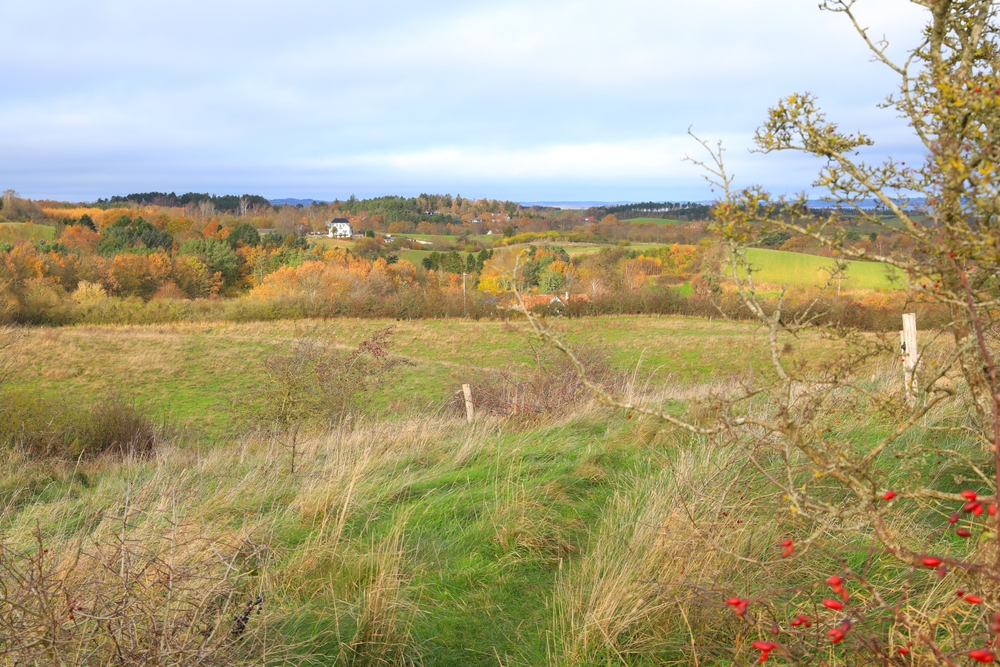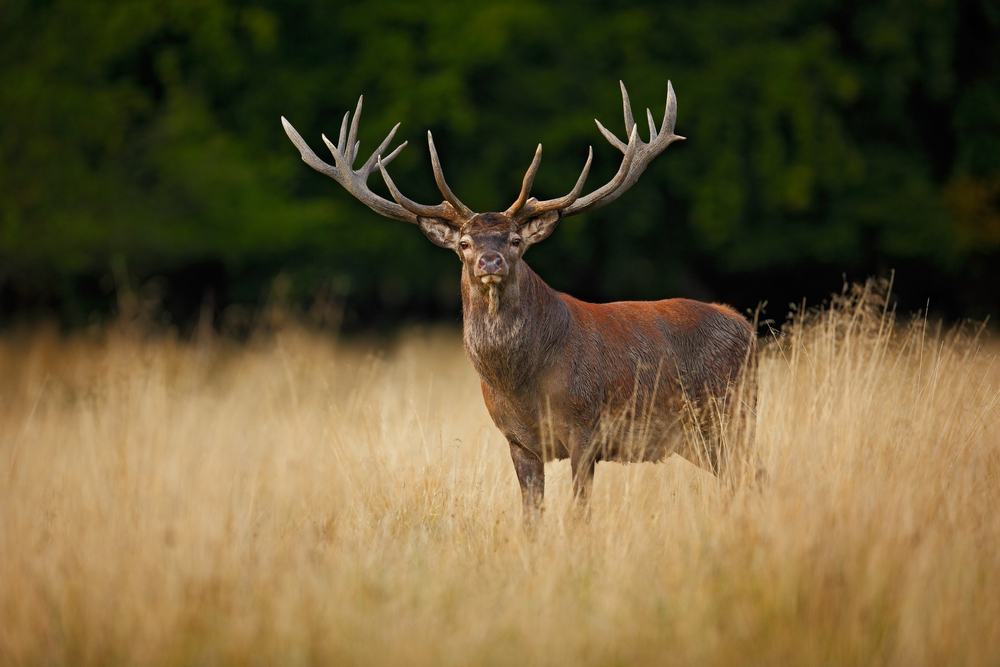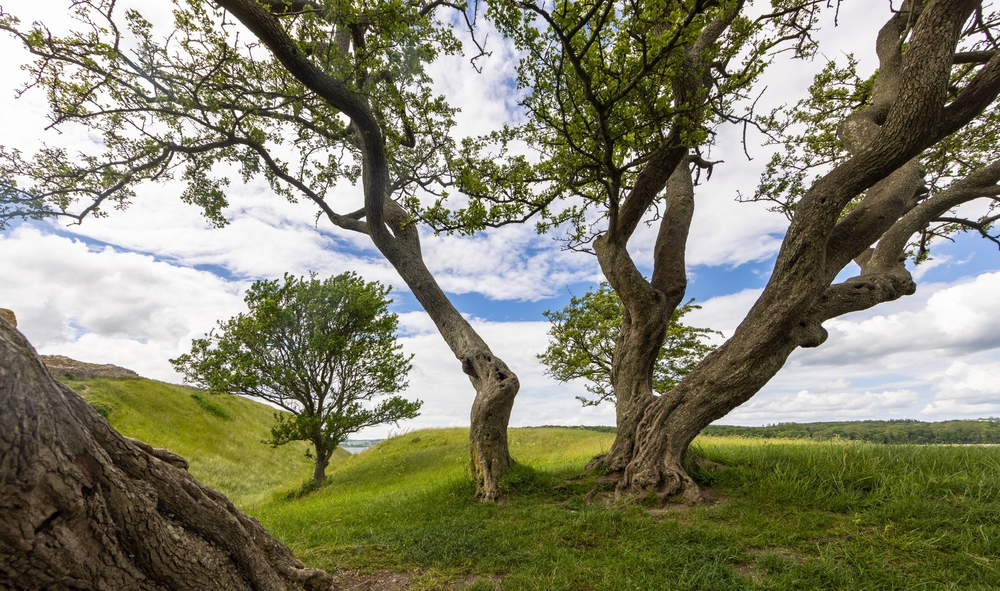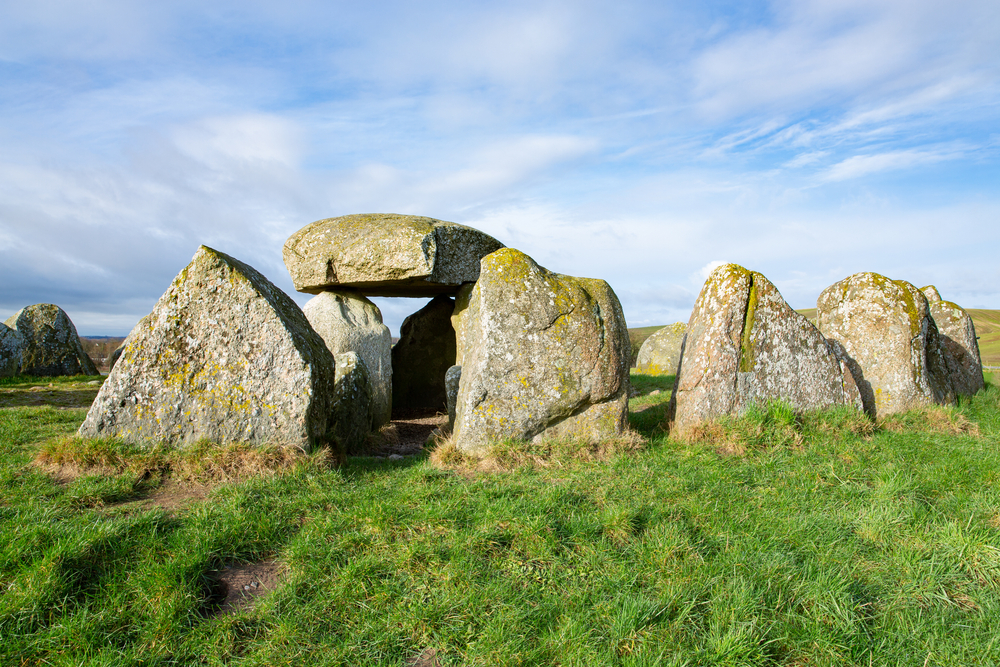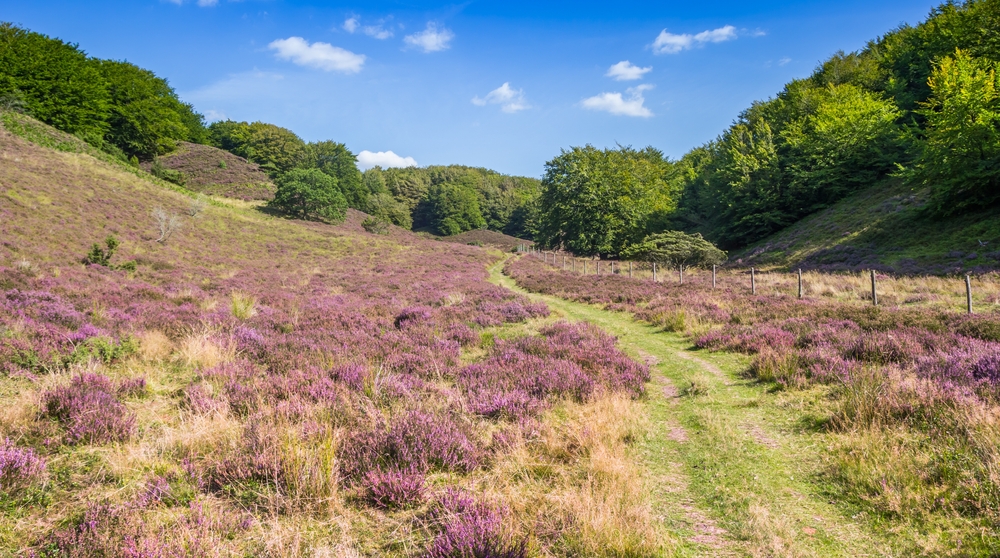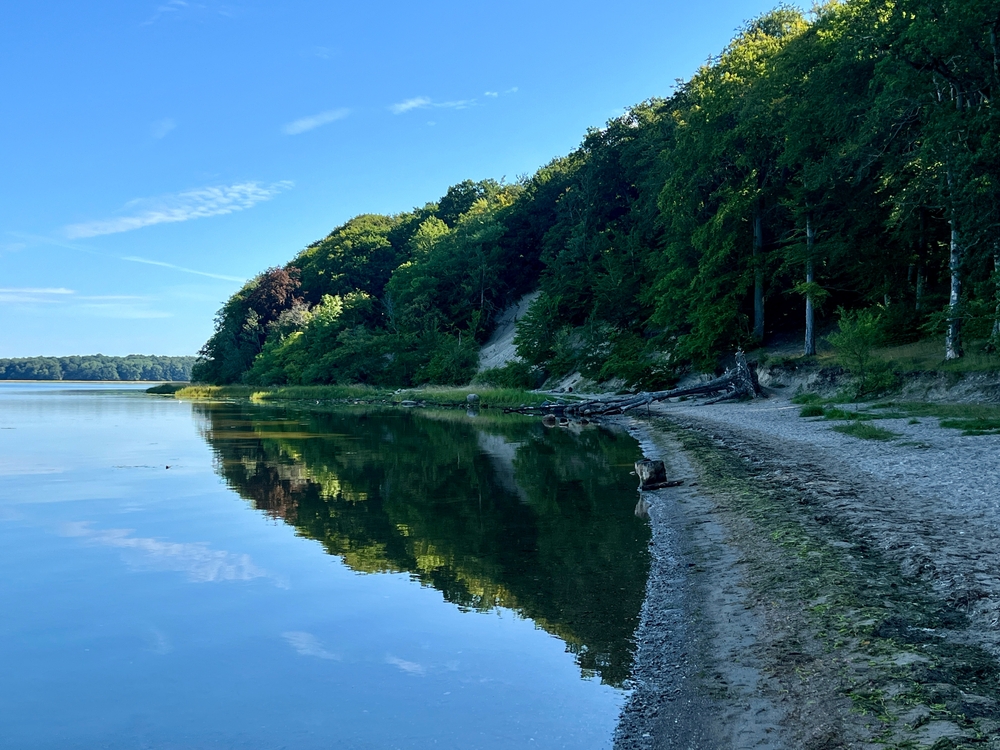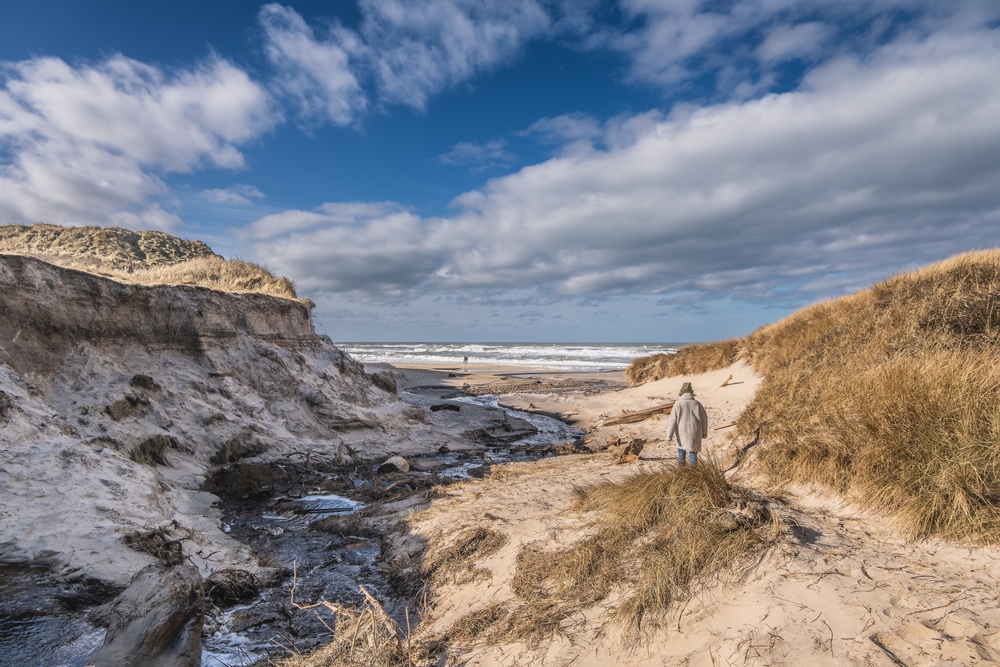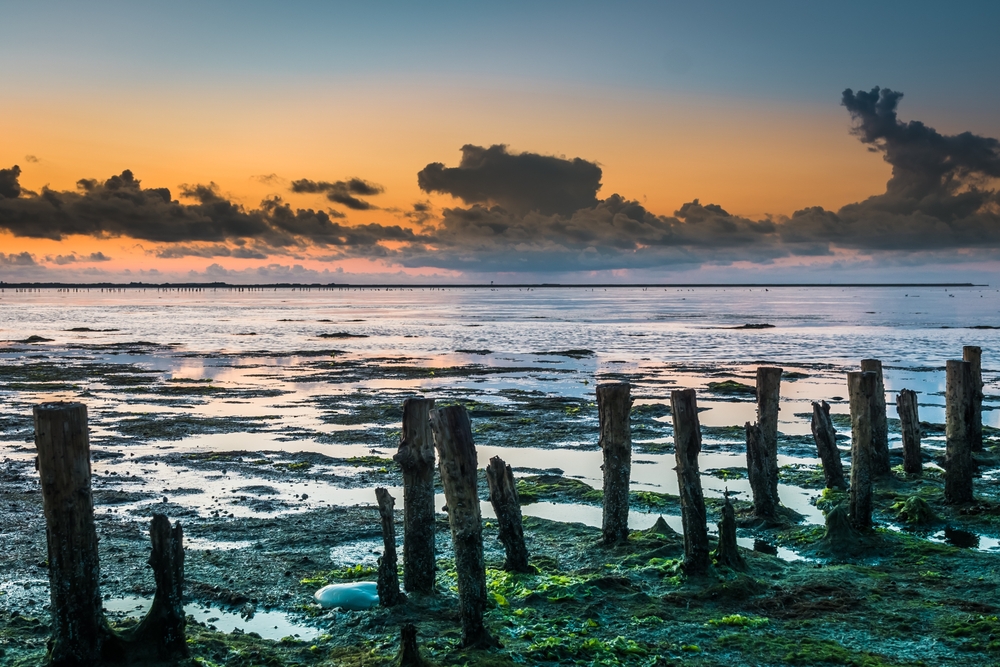Denmark, a country known for its picturesque landscapes and commitment to environmental preservation, is home to five national parks, each offering a unique glimpse into its natural heritage. These parks showcase the country’s diverse ecosystems, from coastal dunes and heathlands to forests and wetlands, providing a haven for wildlife and a rich array of outdoor experiences for visitors.
Thy National Park, established in 2008, is Denmark’s first national park. Located along the northwestern coast of Jutland, it covers an area of about 244 square kilometers. The park is renowned for its rugged coastal landscapes, rolling dunes, and extensive heathlands. It is a paradise for birdwatchers, with many migratory species visiting the area. Visitors can explore numerous hiking and cycling trails, discover ancient burial mounds, and enjoy activities such as horseback riding and fishing.
Mols Bjerge National Park, located on the Djursland peninsula in eastern Jutland, was established in 2009 and covers approximately 180 square kilometers. The park is characterized by its rolling hills, forests, and coastal landscapes. Mols Bjerge is home to a wide variety of plant and animal species, including rare orchids and butterflies. Visitors can explore the park’s scenic trails, visit historic sites such as the Kalø Castle ruins, and enjoy activities like hiking, mountain biking, and birdwatching.
Wadden Sea National Park, part of the larger Wadden Sea UNESCO World Heritage site, was designated as a national park in 2010. Covering 1,466 square kilometers along the southwestern coast, it is Denmark’s largest national park. The park is famous for its tidal flats, salt marshes, and rich birdlife, serving as a critical stopover for millions of migratory birds. Visitors can experience guided tours, seal safaris, and mudflat hiking while learning about the park’s unique coastal ecosystem.
Skjoldungernes Land National Park, established in 2015, is located in the heart of Zealand and covers around 170 square kilometers. The park features a diverse landscape of forests, lakes, and open meadows, as well as cultural landmarks such as Viking burial sites and medieval churches. Visitors can explore hiking and cycling trails, enjoy canoeing on the rivers, and immerse themselves in the rich history and natural beauty of the area.
Kongernes Nordsjælland National Park, the newest of Denmark’s national parks, was established in 2018 and spans approximately 262 square kilometers in northern Zealand. The park includes lush forests, pristine lakes, and a diverse array of wildlife. It is also home to several historical castles, including Frederiksborg and Kronborg. Visitors can explore the park’s extensive network of trails, experience its cultural heritage, and participate in outdoor activities such as hiking, horseback riding, and fishing.
Denmark’s national parks are essential for protecting the country’s natural landscapes and biodiversity. They offer diverse recreational opportunities and invite visitors to explore the stunning scenery and ecological richness that define Denmark’s natural heritage.








































































